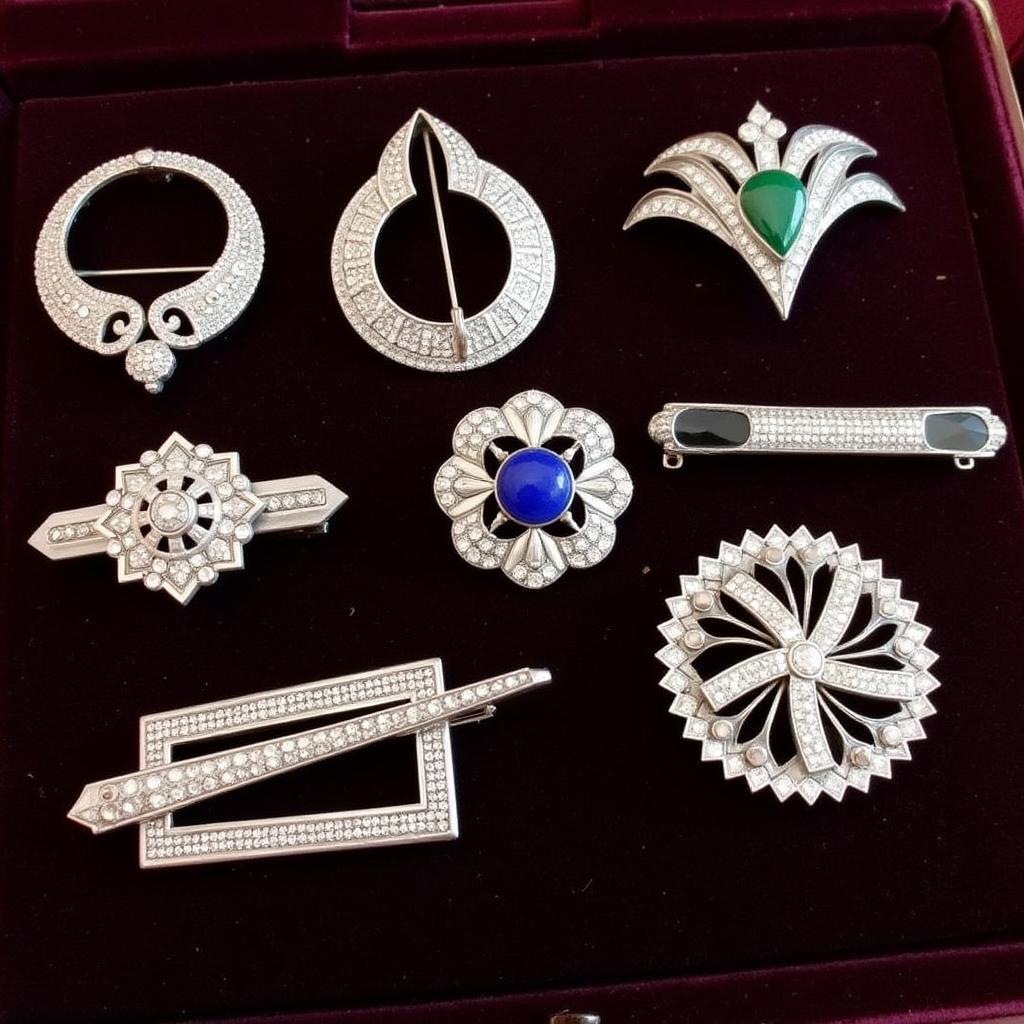Unveiling the Art of Kumiko: A Journey into Japanese Woodworking
The Art Of Kumiko, originating in ancient Japan, involves the meticulous assembly of intricate wooden pieces without the use of nails or glue. This traditional craft, passed down through generations, results in breathtaking geometric patterns and mesmerizing designs that elevate woodworking to an art form.
A Glimpse into Kumiko History and Significance
Kumiko’s roots are intertwined with Japan’s architectural heritage, initially employed as functional ventilation and lighting elements in temples and shrines. Over time, its decorative potential flourished, adorning sliding doors (shoji), room dividers (fusuma), and various furniture pieces.
Decoding the Complexity: Techniques and Tools of the Trade
Kumiko’s allure lies in its seeming simplicity, belying the intricate techniques and specialized tools required. Craftsmen utilize a combination of precise cuts, delicate joinery, and meticulous assembly to bring their visions to life.
Essential Kumiko Tools:
- Kanna (Plane): Used for shaping and smoothing wood pieces to achieve perfect dimensions.
- Nokogiri (Saw): Employed for intricate cuts, ensuring clean and precise edges.
- Chisels and Gouges: Shape and refine the wooden components to achieve desired patterns.
- Jig: Holds the delicate pieces in place during assembly, enabling precise joinery.
Mastering Kumiko: A Test of Patience and Precision
Creating a kumiko masterpiece is a journey of patience and unwavering focus. Each step, from meticulously planning the design to hand-carving the intricate pieces, demands unwavering precision. The process is as follows:
- Design: The journey begins with sketching the desired pattern, considering its scale and the wood’s natural characteristics.
- Wood Selection: Choosing the right wood is crucial, often opting for straight-grained varieties like cedar or cypress for their workability.
- Cutting & Shaping: Using specialized saws and planes, the wood is meticulously cut into thin strips and shaped into precise components.
- Joinery: The heart of kumiko lies in its intricate joinery. Each piece interlocks seamlessly without nails or glue, relying solely on precise cuts and delicate fitting.
- Assembly: The individual pieces are carefully assembled, gradually forming the larger pattern.
- Finishing: The final step involves sanding and finishing the assembled piece, enhancing its natural beauty and protecting it for generations to come.
Kumiko in the Modern Age: Tradition Meets Innovation
While deeply rooted in tradition, kumiko has gracefully transitioned into the modern era. Contemporary artists and designers are pushing creative boundaries, incorporating new materials and exploring innovative designs while still honoring the craft’s rich heritage.
“Kumiko allows for endless creative exploration,” says renowned Japanese wood artist, Hiroshi Kato. “While traditional techniques lay the foundation, modern interpretations breathe new life into this ancient art form.”
Beyond Aesthetics: The Enduring Appeal of Kumiko
The allure of kumiko extends beyond its aesthetic appeal. It embodies a deep respect for craftsmanship, patience, and the inherent beauty of natural materials. The intricate patterns often symbolize auspicious meanings in Japanese culture, representing good fortune, prosperity, and harmony.
Conclusion
The art of kumiko, with its intricate patterns and meticulous craftsmanship, offers a captivating glimpse into Japanese culture and aesthetics. Its enduring appeal lies not just in its visual splendor, but also in the values it embodies: patience, precision, and a deep respect for tradition.
FAQs about Kumiko
1. How long does it take to make a kumiko piece?
The time required varies greatly depending on the complexity of the design and the skill level of the artisan. Simple patterns might take a few days, while intricate pieces can require weeks or even months of dedicated work.
2. What types of wood are commonly used in kumiko?
Straight-grained, easily workable woods like cedar, cypress, and spruce are often preferred for their suitability for intricate cuts and joinery.
3. Is kumiko making a dying art?
While facing challenges in a modern world, kumiko is experiencing a resurgence in interest. Dedicated artisans and workshops continue to preserve and pass on the tradition, ensuring its survival for future generations.
4. Can I learn kumiko online?
Yes, numerous online resources offer tutorials, courses, and communities dedicated to teaching kumiko. These platforms provide accessible ways to explore this intricate craft.
5. Where can I buy authentic kumiko pieces?
Specialized galleries, Japanese craft stores, and online marketplaces specializing in handmade goods are excellent places to find authentic kumiko art pieces and furniture.
6. What are some common applications of kumiko in modern design?
Beyond traditional uses, kumiko is incorporated into contemporary furniture, lighting fixtures, wall art, and decorative accents, adding a touch of Japanese aesthetics to modern spaces.
7. Are there different styles of kumiko?
Yes, different regions of Japan developed unique kumiko styles characterized by distinct patterns, joinery techniques, and aesthetic preferences.
Need Help? Contact Us
For inquiries or assistance regarding Online Art workshops, please contact:
Phone: 02462573573
Email: danteum@gmail.com
Address: Savico Megamall, 7-9 Đ. Nguyễn Văn Linh, Gia Thụy, Long Biên, Hà Nội 10000, Việt Nam.
Our customer service team is available 24/7 to assist you.




